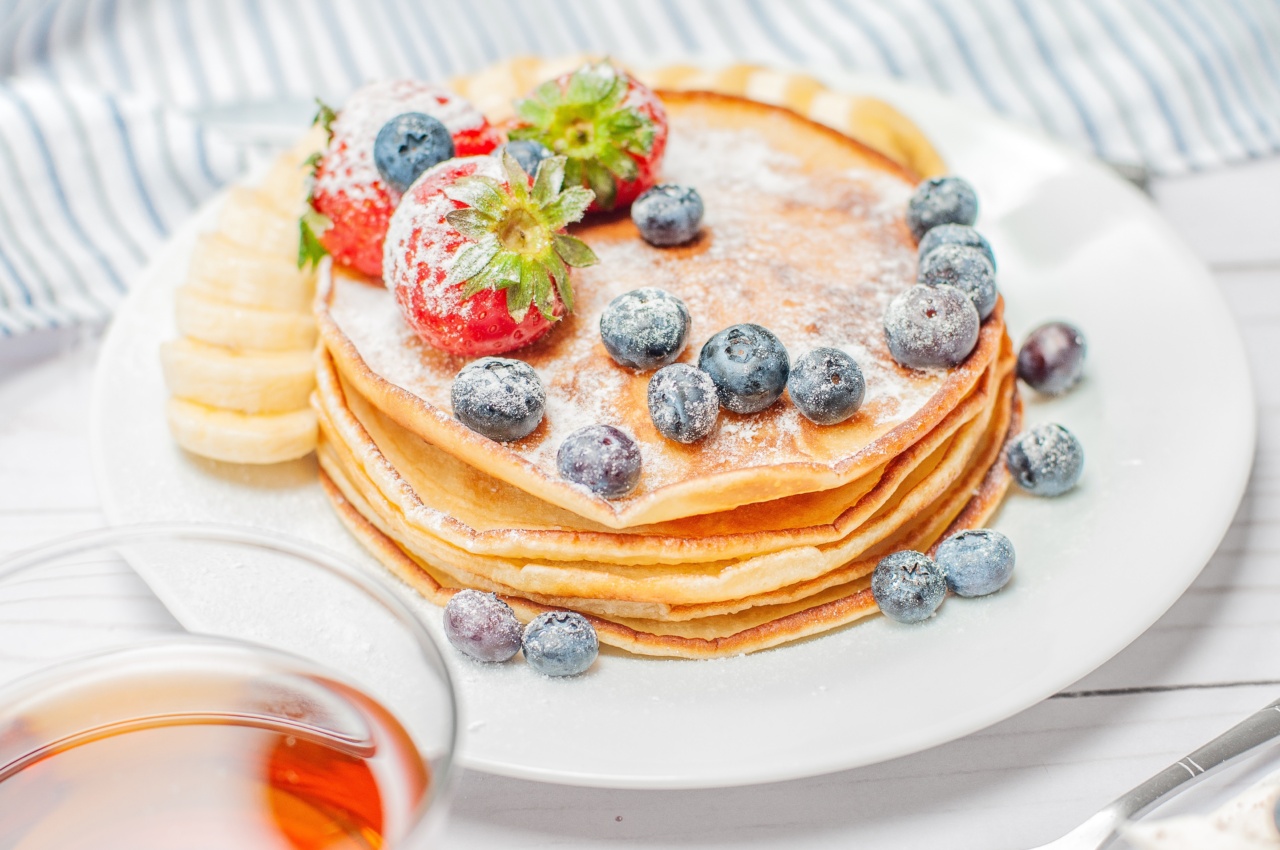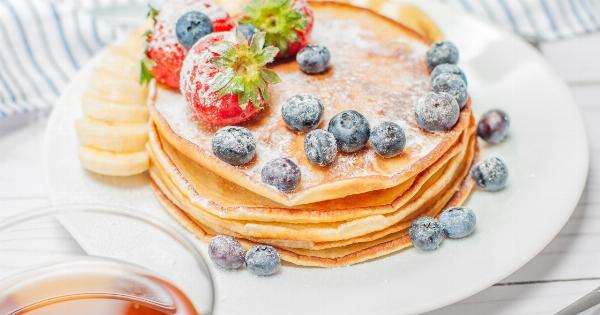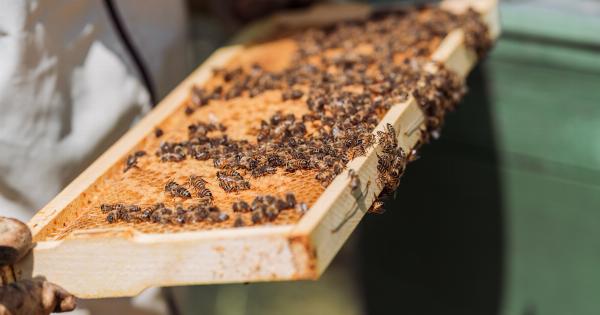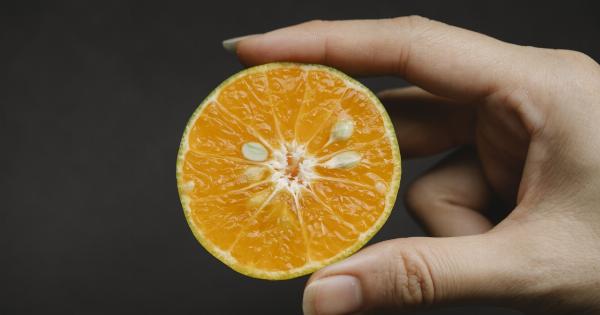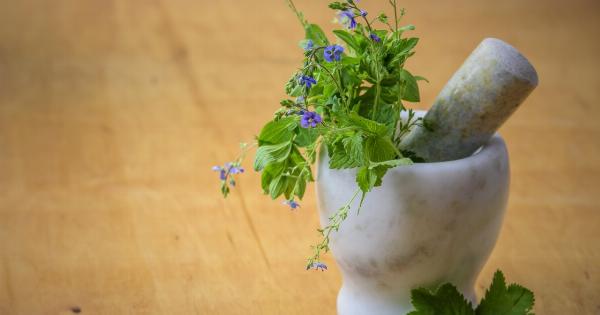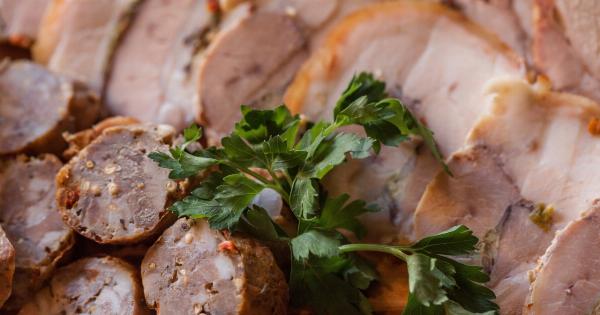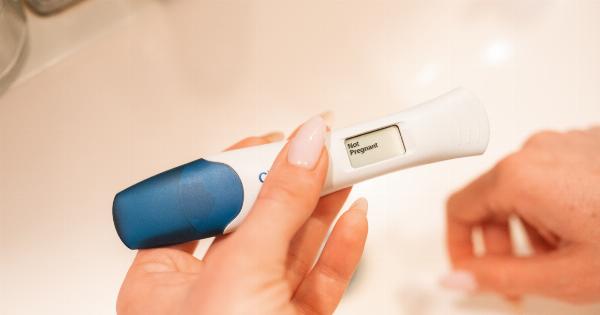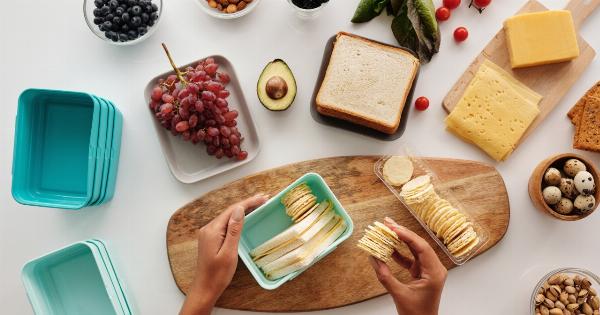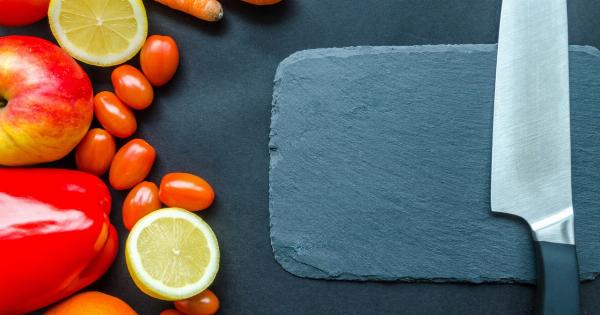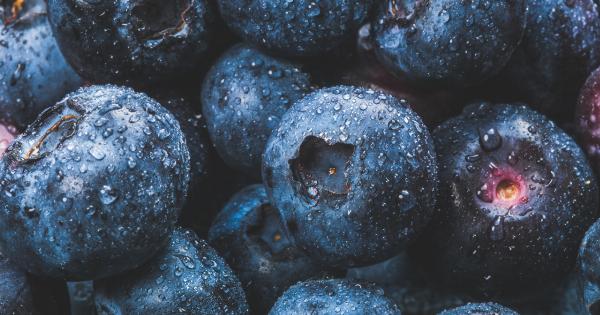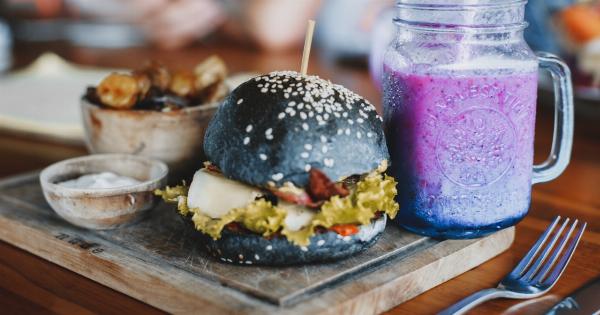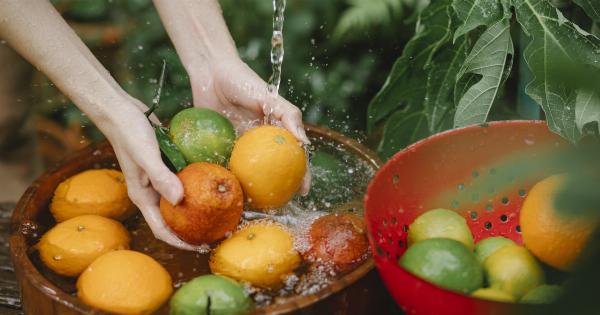Sugar and honey are two common sweeteners that are widely used in a variety of culinary preparations. Not only do they enhance the taste of our favorite dishes, but they also add a touch of sweetness to our beverages.
However, one aspect that often goes unnoticed is the viscosity of these sweeteners, which can play a significant role in the texture and overall appeal of a recipe. In this article, we will explore the viscosity of sugar and honey, comparing their properties and discussing how they can affect our culinary experiences.
Viscosity Defined
Viscosity is a measure of a fluid’s resistance to flow. It describes the thickness or stickiness of a liquid and can have a direct impact on various aspects of food preparation and consumption.
The higher the viscosity of a substance, the slower it flows and the thicker it appears.
The Viscosity of Sugar
Sugar is a commonly used sweetener that comes in various forms, such as granulated sugar, powdered sugar, and brown sugar. Each form has its own unique properties, including viscosity.
Generally, sugar has a relatively low viscosity, making it easy to dissolve in liquids like water or coffee.
When sugar is added to a liquid, it dissolves and disperses evenly, creating a homogeneous mixture. The viscosity of the sugar solution largely depends on the concentration of sugar.
As the concentration increases, the viscosity also tends to increase slightly. However, compared to honey, sugar has a much lower viscosity.
The Viscosity of Honey
Honey is a natural sweetener produced by bees from flower nectar. It is known for its distinct flavor and rich golden color. Unlike sugar, honey has a higher viscosity due to its unique composition.
Honey contains various sugars, including glucose and fructose, as well as other components such as water, enzymes, and trace minerals. These additional components contribute to the higher viscosity of honey.
The viscosity of honey can vary significantly depending on factors such as temperature and floral source. Honey with a higher fructose content tends to have a higher viscosity compared to honey with a higher glucose content.
Additionally, certain types of honey, such as raw or unfiltered honey, often have a thicker consistency compared to commercially processed honey.
Viscosity and Culinary Applications
The viscosity of sweeteners like sugar and honey can greatly impact their use in culinary applications. Here are a few key points to consider:.
1. Baking
In baking, the viscosity of sweeteners can influence the texture and moisture of the final product. Sugar, with its lower viscosity, tends to dissolve and disperse more readily in batters and doughs, resulting in a smoother texture.
Honey, with its higher viscosity, can add moisture and contribute to a denser texture in baked goods.
2. Sauces and Syrups
The viscosity of sweeteners is particularly important when preparing sauces and syrups. Sugar, being less viscous, can dissolve quickly in liquids to create thin and pourable syrups.
On the other hand, honey’s high viscosity lends itself well to thicker, stickier sauces and syrups that coat the ingredients more effectively.
3. Beverages
When sweetening beverages, such as coffee or tea, the viscosity of the sweetener can impact the overall mouthfeel and taste. Sugar, with its low viscosity, dissolves easily and provides a smooth sweetness.
Honey, with its higher viscosity, can add a richer texture and impart a more distinct flavor to the beverage.
Measurement of Viscosity
Viscosity can be measured using various techniques. One common method is the use of a viscometer, a device that measures the resistance of a fluid to flow.
With a viscometer, the viscosity of a sweetener like sugar or honey can be quantified and compared.
Food scientists and manufacturers often utilize viscometers to ensure product consistency and quality. These measurements help adjust the production process to deliver the desired viscosity for different applications.
Conclusion
Understanding the viscosity of sweeteners like sugar and honey is important for achieving the desired texture and taste in culinary creations.
While sugar has a lower viscosity and readily dissolves in liquids, honey’s higher viscosity adds thickness and richness to various recipes. Each sweetener has its unique properties, and their viscosity can significantly impact the outcome of dishes, sauces, syrups, and beverages.
